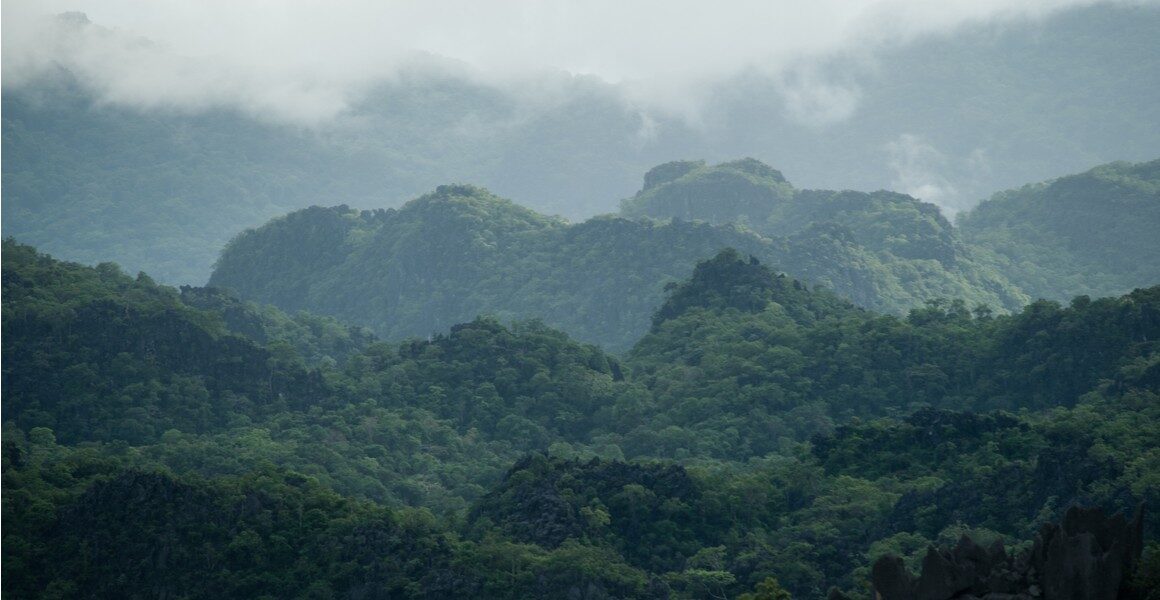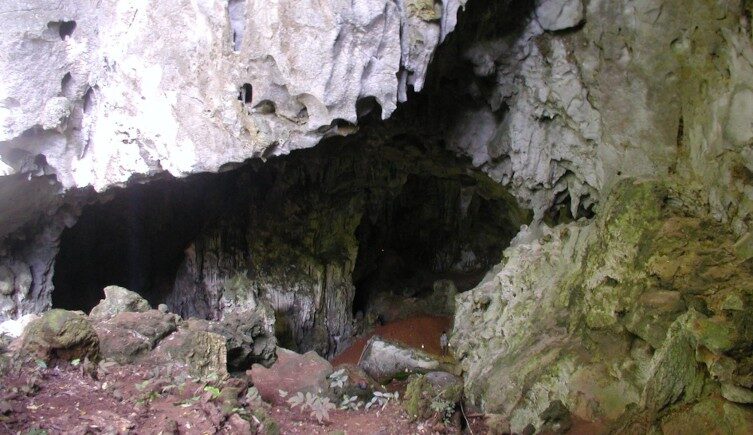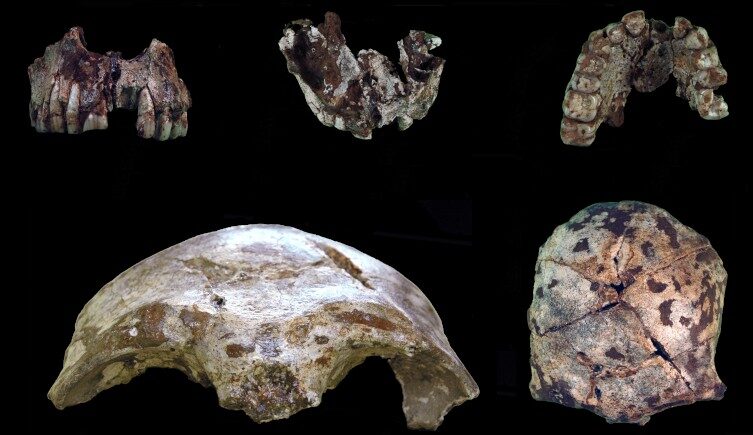
Researchers analysed fossilised teeth discovered in Laos, revealing that these humans ate fruits and meat as part of an omnivorous diet.
Comment: It has been found time and again that humans who, for whatever reason, ate a high carbohydrate diet, suffered for it: 25,000 year old human jawbone discovered in Indonesian cave oldest found in Wallacea, dental problems reveal heavy carbohydrate diet
Early modern humans were in Southeast Asia were eating a wide range of foods to help them survive in rainforests.
An international team of researchers found that our Southeast Asian relatives were eating a range of plants and animals over 60,000 years ago, setting them apart from the largely meat-based diet it has previously been suggested many other populations of humans were eating at the time.
Using zinc preserved in teeth, the findings may also allow researchers to work out how our ancestors persevered through the end of the last Ice Age, which saw many other species wiped out.
Dr Nicolas Bourgon, lead author of the new study, says, 'In the future it will be interesting to compare our zinc isotope data with data from other prehistoric human species of Southeast Asia, like Homo erectus and Homo floresiensis, and see if we could understand better why they went extinct while our species survived.'
The research, led by the Max Planck Institute for Evolutionary Anthropology, was published in the Journal of Human Evolution.

Evolving in Africa around 300,000 years ago, our species, Homo sapiens, was largely confined to the continent for thousands of years. After a couple of smaller migrations out of Africa, by around 60,000 years ago modern humans had spread around the world in earnest.
Comment: Except that, despite the assertion above, there's no hard evidence to support the Out of Africa theory, nor for the Darwinian theory of evolution: Most human origins theories are not compatible with known fossils
After crossing into the Arabian Peninsula, humans moved into Asia and Europe. As they spread into Southeast Asia, they would likely have encountered rainforests similar to those we see today.
These rainforests have previously been thought of as a barrier to movement, with suggestions that early humans would have had difficulty finding food in the large, dense jungles. Research into whether our relatives could have survived here has been hindered by a lack of evidence, as tropical conditions don't lend themselves to preserving fossil remains.
The fossils we do have are generally preserved in caves, where the conditions protect remains from the hot, humid environment outside. Researchers looking to investigate how early humans survived in rainforests used remains from Tam Pà Ling cave in Laos, where bones dating between 63-46,000 years old were found.
The researchers in this study looked at the zinc in the teeth, following developments in scientific equipment which have allowed the element to be used in a similar way to nitrogen and carbon isotopes. It is preserved in tooth enamel, and the amount of different zinc isotopes change depending on whether more meat or plant material is being eaten.
Professor Thomas Tütken, a co-author of the paper, says, 'Zinc stable isotope ratios overcome the limitations of nitrogen isotope analysis and allow us to investigate teeth from regions and periods we could not study before. Using these ratios, we can now study Tam Pà Ling and learn what kind of food our earliest ancestors in this region were eating.'

The researchers analysed the zinc isotopes from the human fossils and compared them with the levels of zinc isotopes from fossil teeth of animals such as tigers, boars and elephants which were alive at the same time.
They found that the human fossils from the cave had isotope ratios similar to omnivores like macaques and bears, but also overlapped slightly with carnivorous species like hyenas.
The researchers believe that this means that the individual probably ate a range of food, but with a larger proportion of meats than fruits. They may also have eaten bone marrow, which may explain the overlap with the isotope values of hyenas.
Contrary to the former belief from some that rainforests were a barrier, the scientists also found that early humans could get all the food they needed from the forest.
Dr Élise Dufour, another co-author, says, 'Another kind of analysis performed in this study, stable carbon isotopes analysis, indicates that the food consumed came strictly from forested environments.
'The results are the oldest direct evidence for subsistence strategies for Late Pleistocene humans in tropical rainforests.'
Together, these findings point to these humans living a very different life to those in the rest of the world, where isotope studies suggest they mostly ate only meat.
However, as these studies mainly use nitrogen isotopes, they are biased towards picking up meat in a diet due to its high nitrogen content. Analysis using zinc isotopes may in future reveal if other humans were eating many plants, and if so, how much.
Comment: Rather than their being some bias towards detecting meat through nitrogen, other evidence suggests that their diet actually was primarily meat, and they likely went to the trouble of catching and butchering mammoth, as just one example, because, nutritionally, it was superior.
The same technique could also be used on close relatives of Homo sapiens which also lived in Southeast Asia, such as Homo floresiensis. Changes in their diet could be reflected in their isotope values, which could help us understand why the last of humanity's close ancestors died out around 40,000 years ago.



L ong lived ET humor; create different strains of humans, skin tones, facial features, default mental settings in separate areas of the planet and see how that goes when they eventually evolve and meet.